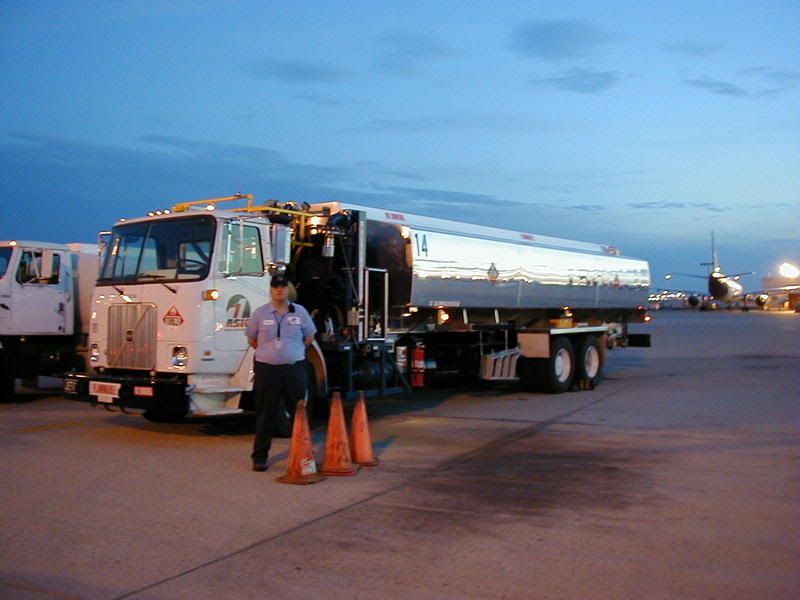I fly the Comet and the Trident in FSX, virtual cockpit using trackir. I stay in the cockpit using the joystick, of course, and then only the mouse with which to operate the necessary switches, knobs and dials in order to fly the planes on IFR, ( trying to imitate the pilot's actions.
I have many times heard of Sids and Stars, and I know little of them apart from they are used on departure and approach to airports!
I do not know which planes can/do and can't/don't use them.
I have just started attending my nearest flight simulator group which meets monthly. It seems split into two camps- the G. A chaps and those into Heavies
No one flies the Comet or Trident or any intermediate airliners!
I am trying to pick up relevant information from this group of chaps who are all helpful, but my second attendance has left me with some questions which hopefully some of you chaps could answer please.
The heavies group fly the Boeing PMDG types which have FMCs etc, and when I asked about flight plans involving Sids and stars, it was explained to me that
Flight plans including S and S are made and input into the FMC before the flight. When the plane takes off, the Sids are automatically flown by the plane computer; indeed the whole flight is flown by the computer - and the ATC , ( usually VATSIM chaps ), come in towards the end to issue descent and landing instructions etc.
This is obviously a different world from the default ATC guiding me through IFR on a default flight plan, (even when augmented by FC Commander, which I use on an adjacent monitor.)
So, I ask, how can Sids and stars be used by the Comet, where the speed isn't programmed/programmable into the autopilot. Does not the absence of a FMC in a Comet, and the
nature of the autopilot ( which i enjoy operating! ) mean that Sids aren't used, or if they are, they have to be flown almost manually?
And if they are flown outside of an FMC, how does the pilot know he has flown the distance between one waypoint and the next? etc
Can, please, someone explain or point to where I can learn how to operate Sids and Stars with the Comet, or how real pilots used departures and approaches if different from the IFR instructions as issued by the default ATC.
Sorry this seems long winded, but the heavies in the group seem to think I would be better off flying the PMDG Boeings, as they do, ( and they would show me,) but to be honest there is no way I will give up flying the Comet and Trident, IMHO, the two best planes out there for FSX.
TIA
FM











